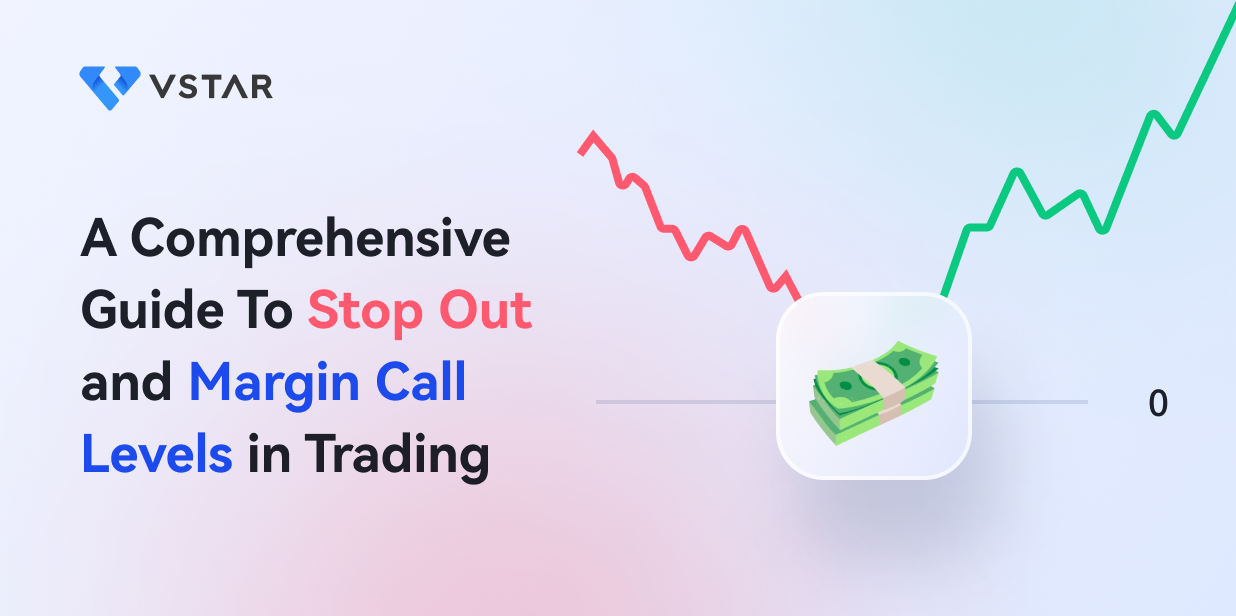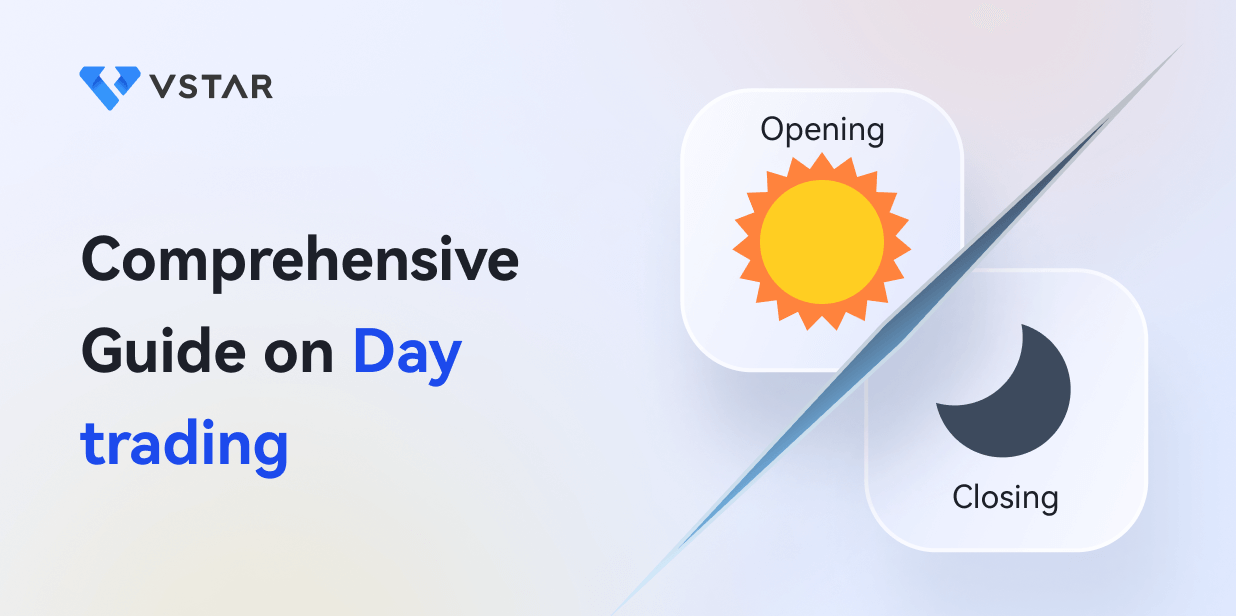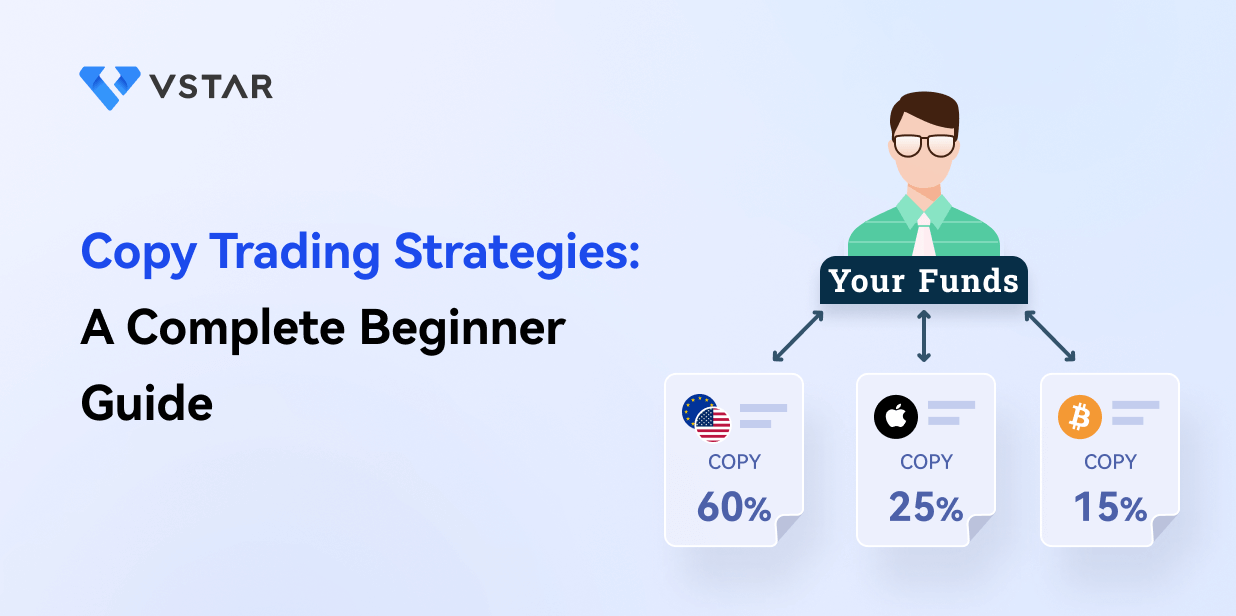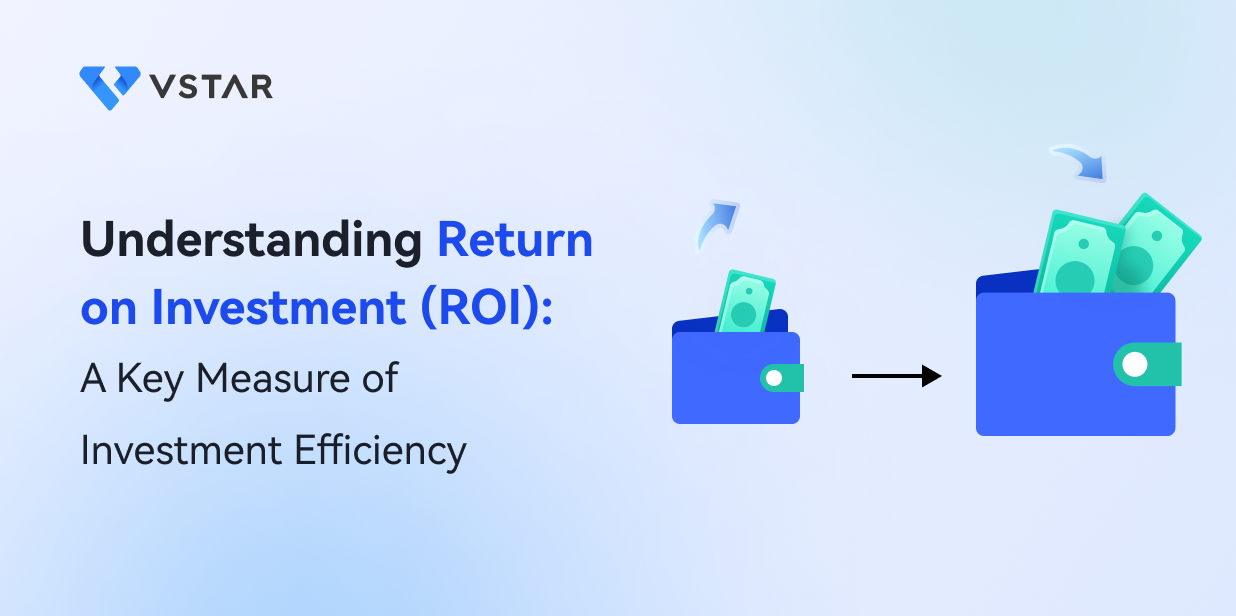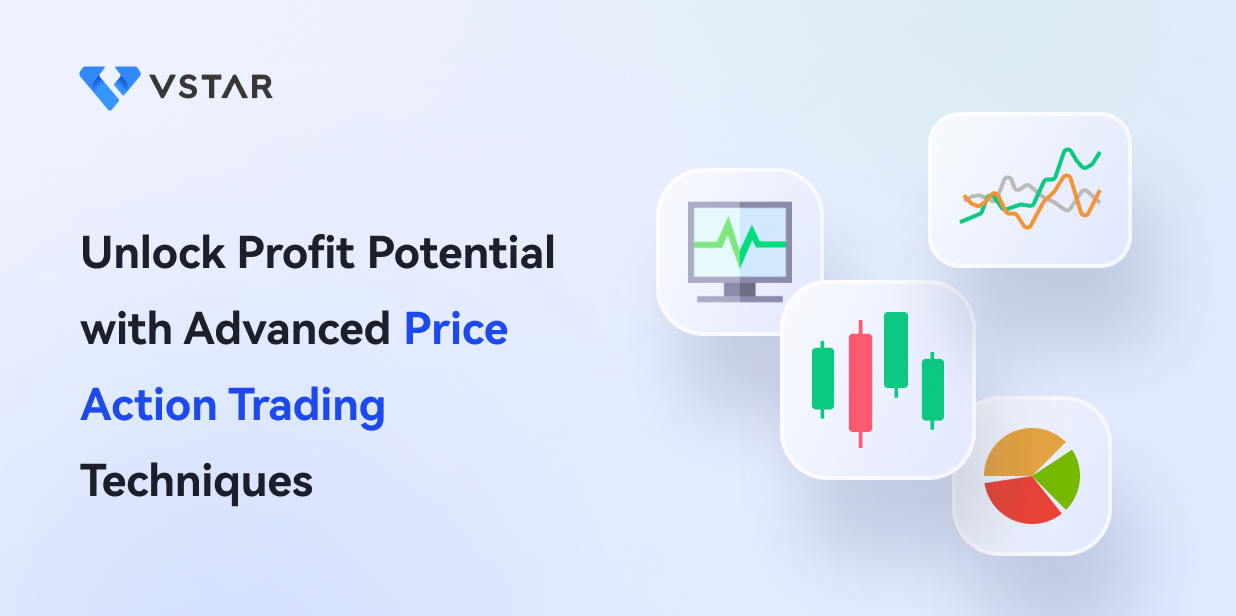Nowadays, finding retail traders who don't use leverage has become challenging. Almost everyone is excited about controlling massive funds, which can multiply trading profits.
However, there are several risks in taking the opportunity because it can also amplify your losses.
Some of them include stop outs and margin calls.
In stop outs, your broker automatically closes your trades during a massive drawdown that goes beyond a particular limit.
Before then, the broker will notify you to meet your margin level during margin calls.
Note: Even unleveraged traders can experience stop outs and margin calls during a massive drawdown. However, it is more common in leveraged trading for several reasons.
Continue reading this article covering every detail about stop outs, margin calls, and their differences. You will also learn how to avoid them to remain profitable.
What are Stop Out and Margin Call Levels?
As a trader, you will always make losses. It may be from wrong price analyses or risk management.
Therefore, your account balance can keep declining from open positions. It will force your broker to respond in the following ways:
Stop Outs
Stop out is an automatic action by your broker to close some or all of your open positions. It occurs at a stop out level.
They happen because your trading account can no longer handle drawdown(s) from active trades. After all, there is no margin to support them.
The margin level falls to a certain percentage (stop out level), which depends on the broker's requirements. In many cases, it is around 30 percent.
Stop outs exist to protect you and the broker from more losses. If not, the drawdown(s) may continue until you lose more funds than deposited, ending up with a negative account balance.
The brokerage will begin closing your trades from the highest losing ones until your account margin level returns above the stop out level.
Hence, every closed trade contributes to your margin level.
Example of a Stop Out Scenario
Assume your broker has a stop out level of 20 percent, and your trading account has the following metrics before taking any trades:
● Account balance = $1000
● Used margin = $200
● Equity = $1000
● Floating Profit/Loss = $0
A trading day begins, and you now have open position(s).
Imagine you got your analysis wrong, and such trades currently run at an $800 loss. Your broker will send a margin call to notify you.
If you don't do anything, the loss can increase to $960. Then, your positions will automatically close, being the stop out level.
Your account's new metrics will be as follows:
● Account balance = $40
● Used margin = Nil
● Equity = $40
● Floating Profit/Loss = Nil
Disadvantages of Stop Outs
The fact that you've lost most of your capital after stop outs is already a setback. You need to deposit more if you want to continue trading.
Regardless, you may also experience the following if you've allowed such a scenario to occur:
● Missed opportunities: On some occasions, the massive drawdown that caused a stop out may have been temporary. It may reverse and go in your favorable direction after taking you out.
● Extra costs: Some brokers charge fees for stop outs. It will further reduce your trading balance and potential profits.
● Broker Restrictions: Continuous stop outs may lead to different limitations. It is usually a sign that you are still a developing trader.
Brokers won't want to risk cases where slippages can cause a negative balance.
Margin Calls
In margin calls, your broker notifies you that your margin level has reached a certain threshold. That point is called the margin call level.
Therefore, the calls warn there will soon be stop outs if a drawdown continues.
To save your positions from such, you must deposit more funds bringing your margin level back up. However, some traders immediately close the trades and add more money when ready to open more.
Other times, the positions may start reversing favorably after the call, which frees your margin level, but there is no guarantee of that.
The margin call level is typically around 50 percent (of your margin level). However, it highly varies by broker.
It may be 100 percent, 75 percent, etc. Thus, ensure you understand and are comfortable with the level fixed by your broker before you start trading.
Example of a Margin Call Scenario
Assume your broker has a margin call level of 100 percent, and your trading account has the following metrics before taking any trades:
● Account balance = $1000
● Used margin = $200
● Equity = $1000
● Floating Profit/Loss = $0
You may have some open positions when it's finally a trading day after some analyses.
However, imagine a breaking news report increased price volatility, and you're now losing $800 from your active trades. Your broker immediately sends you a margin call through an email, app notification, etc.
Your account's new metrics after the call will be as follows:
● Account balance = $1000
● Used margin = $200
● Equity = $200
● Floating Profit/Loss = -$800
If you don't add more funds, your positions will be open to stop outs if the margin level worsens.
Disadvantages of Margin Calls
Margin calls are only alerts of what could happen. However, they have the following disadvantages, especially for new traders:
● Emotional distress: Sadly, margin calls tell you that you're about to lose a significant amount of your trading deposits. It is not easy to cope with such a feeling.
It could cause fear, anxiety, and loss of confidence, impacting future trades.
● More capital: Margin calls notify you of the need to invest more funds into your trading account, which may not be available. You risk closing your open positions if that is the case.
● Forced closed positions: Not all brokers allow active trades to cause drawdowns to reach the stop out level. You will bear the loss if you can't deposit more funds some time after the margin call.
Key Differences Between Stop Out and Margin Call Levels
Distinguishing between stop out and margin call levels may be challenging for a new trader.
They are both risk management tools brokers use to prevent massive losses. Also, you'll always need to deposit funds when the margin level falls to any of them.
However, here are some essential differences you should note about both:
Outcomes
As discussed, a margin call only warns that your margin level has reached a certain point.
Your broker determines the threshold (a percentage you should have known earlier).
Hence, during drawdowns, your broker will send you a warning. It used to be a direct phone call to the trader, but it has become more electronic today.
Brokers now send them through email, app notification, or other electronic means. You must be active to receive such alerts on time and act on them quickly.
On the other hand, stop outs result in position liquidation (trade closure).
Your broker has already warned you earlier that this could happen.
Hence, there's no going back when the automatic process begins. Your broker or anyone that works with them cannot stop it.
No party wants the account balance to fall to a negative value, so the stop out level is the last effort to prevent it.
Position on the Margin Level
Stop out and margin call levels are both stages in the margin level. However, the former is lower than the latter.
During a drawdown from active trades, your leveraged account balance decreases more and more. The first point it will get to after exhausting the free margin is your margin call level.
That warns you to deposit more funds if you want your positions to remain open.
If you are still confident about the trades, it's now or never to keep them active.
However, if you ignore the margin call and the drawdown continues, it will reach your stop out level.
Reasonably, the stop out level must always be below the margin call level. If not, you may never know that the broker is automatically closing your trades.
Presence & Absence
In unique cases, there may not be a margin call before the drawdown hits your stop out level.
It is common in fast-moving markets during extreme volatility.
Remember, the call is an actual notification to reach out, explaining the condition of your account. Hence, the loss may be faster than the alert.
Other times, during low fluctuations, the broker might face communication issues and delays. The drawdown may have already hit the stop out level when you eventually get the margin call.
Furthermore, some brokers need efficient real-time monitoring methods. You will never receive the alert if they don't quickly realize your account's drawdown has hit the margin call.
Despite the absence of a margin call on some occasions, there's hardly a period when there is no stop out after meeting the conditions. It is an automatic process that protects you and the broker.
In rare cases, when the market speed delays it, your account balance may become negative.
You'll have to pay your broker for the loss before opening more positions.
Opportunity
Margin calls allow you to add more funds to your trading account because they are only alerts.
It prevents position liquidation (closures), which is an advantage if they'd later move in a favorable direction.
However, you have lost such an opportunity when the drawdown reaches your stop out level. The broker immediately closes your trades from the most unprofitable ones until your margin level can accommodate the losses of others.
If not, it will liquidate all of the trades.
Any more money you put into the account will be to open new positions. Thus, the possible opportunities to profit from price reversals are gone.
Factors Influencing Your Stop Out and Margin Call Levels
Stop out and margin call levels are fixed percentages in your margin level. The former will close your trades, while the latter is just an alert.
However, the particular percentage in the margin level is not always the same in every case.
Several factors like the following will determine it:
Your Broker and Account Type
Retail trading typically involves you and your broker. Hence, you have to obey its policies for smooth dealings.
One of the various decisions brokerages make is margin calls and stop outs requirements. They set the levels and share them with any interested trader.
Hence, you must understand and accept them or look for other options.
For example, 'Broker A' may have a margin call level of 100 percent and a stop out level of 20 percent.
Thus, with a $1000 deposit, you will receive a margin call when a trade's drawdown exhausts the free margin (e.g., $800 with one EURUSD, one mini lot trade).
If you don't fund the account and the trade continues going against you, there will be a stop out when it exhausts up to $160 of your used margin ($960 in total).
Furthermore, various account types within one broker can have different stop out and margin call levels.
Again, it depends on the brokerage and its policies. However, riskier account types like spread betting typically have tighter stop out and margin call levels.
The Instruments You Trade
Your preferred instruments/asset classes can also affect your stop out and margin call levels. The main reason is their difference in volatility.
The price of some assets fluctuates randomly in short periods. Conversely, others may maintain a long-term price trend with little or no price fluctuation.
Those that experience significant price swings may have lower stop out and margin call levels. Some Forex pairs and cryptocurrencies are in this category.
On the contrary, stable assets may have a higher margin call and stop out levels. However, there is usually a wider buffer between them.
Moreover, different regulated asset classes may have specific rules regarding these levels. They send the requirements to the brokers to implement them.
Hence, a regulated multi-asset broker may have different stop out and margin call requirements for every asset class.
The rules are in place to keep everyone and the financial markets safe.
Your Trade Sizes and Positioning
The size of your trades based on your account balance also plays a crucial role in stop outs and margin calls.
Generally, larger positions (lot sizes) will require more margin. It will increase the risk of meeting your stop out and call levels.
On the other hand, such a risk lowers with smaller-sized trades.
It is especially the case when leveraging.
Higher ones will allow you to control more funds with little capital. However, the stop out and margin call levels become tighter.
Regardless of your broker's allowed leverage ratio, using the maximum amount puts you at more risk than when using part of it.
Any minor move against you can significantly affect your margin.
You must research and calculate your ideal position size per trade to be safe from stop outs.
Market Conditions
Current and future market conditions when your trades will be active also influence stop outs and margin calls.
As discussed, fast-moving markets can cause unfavorable price swings. It will affect your margin significantly if it moves against you.
However, such risks reduce in a more stable, rangebound market.
When you correctly analyze the condition and trade with the trend, it may prevent sudden drawdowns.
Some markets are generally volatile for different reasons, like low liquidity. Similarly, others naturally maintain a steady price trend.
When a stable one becomes more volatile, check for news reports for several influential factors to understand why. Usually, it should return to its calm conditions soon.
How To Avoid a Stop Out or Margin Call
Stop outs and margin calls are always unwanted.
They essentially mean you've gotten your trade analyses wrong, and your account has or will soon bear the consequences.
It's okay to get trades wrong, but not to the extent of risking a stop out.
Thus, try the following strategies to prevent it when trading:
Use Proper Risk and Money Management
As shared, drawdowns cause stop outs and margin calls. Hence, your analysis may have been wrong.
Ideal risk and money management techniques can still save your account.
Firstly, all trades must have a stop loss based on your risk tolerance. It may be a trailing stop or a static one, but it must be present.
Also, experts generally advise you to risk only a small percentage of your account on any trade. You can implement this with stop orders, and they will ensure a drawdown never threatens your margin call level.
Furthermore, the fact that your broker allows you to use its maximum leverage doesn't mean you should. It will only put your account at more risk for stop outs.
Learn how to calculate the ideal position sizing that keeps you within your risk tolerance. You can use several online calculators available today.
Choose Brokers With Suitable Margin Buffers
Brokers determine the stop out and margin call levels. Hence, try to compare one with others for the best decision.
There are multiple options today with various set values and methods of calculation.
For example, a broker may have a margin call level of 100 percent and a stop out level of 50 percent. Another one may have both at 75 percent and 25 percent, respectively.
Assume 'trader A' deposits $10,000 (the required margin) in the first broker, while 'trader B' deposits the same amount in the second broker.
They both take the same trades on one trading day.
Only 'trader A' will receive a margin call when their equity falls to $10,000 because of a drawdown. 'Trader B' won't get any alert until the equity falls to $7,500.
Similarly, the first trader will experience a stop out when the equity hits $5,000, while the second will be around $2,500.
There are advantages and disadvantages in either case. Thus, understand how you want to trade for the best option.
Trade Lower Risk Instruments
As a beginner, avoid higher-risk assets threatening your margin call.
They may be currency pairs or small-cap stocks, so check the asset's history to understand its behavior. It isn't a good option if it changes value frequently.
Instead, go for blue-chip stocks and government bonds. They have more stable trends that reduce the chances of stop outs.
As you gain more trading experience, you can move into higher-risk products.
Stick to your risk and money management plan in any case.
Act Quickly if Your Margin Levels Start Falling
It's always advisable to monitor your open positions closely if you're new to trading.
It may be easier for scalpers or day traders who don't have to leave overnight trades. Regardless, try to observe any active swing or position trades regularly.
When a drawdown threatens your margin level, consider reassessing your analysis. You may have gotten something wrong, like any other trader.
Hence, it'll be best to close your positions on time when confirmed.
If you insist on adding new positions, try to reduce their sizes considerably.
Moreover, respond to margin calls as quickly as possible. It may be by closing active trades or adding more funds if you believe they will reverse.
Whatever you do, don't ignore the call.
You are at a high risk of losing massive funds through stop outs, and the market may be moving too fast.
Summary
Stop out and margin call levels refer to points on your account margin. They may require your reaction or trigger automatic actions on your broker.
The primary difference is that a stop out closes your positions, while a margin call is the prior warning.
Therefore, you must monitor what influences the level changes.
Take proactive steps through prudent risk and money management, broker selection, and account monitoring to avoid unwanted margin events.
When in doubt, it's best to exit positions with manageable losses rather than depend on marginal account levels alone.
